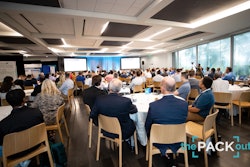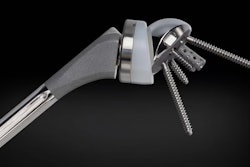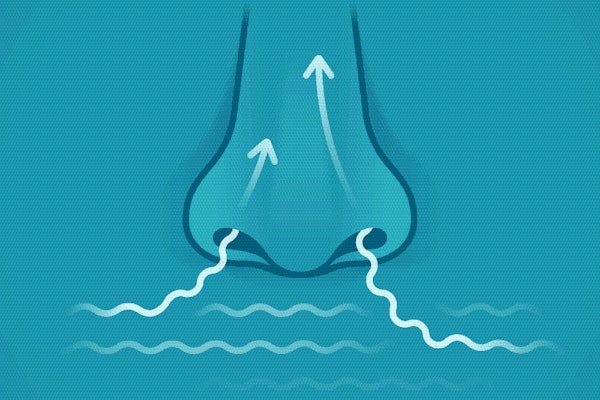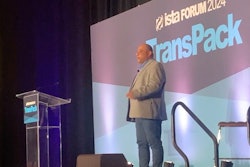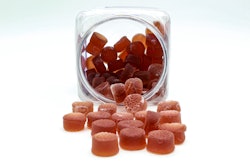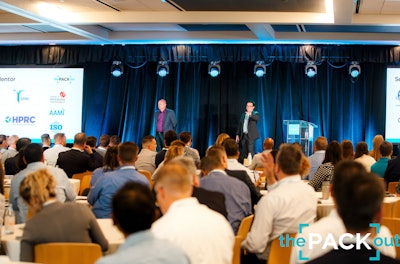
the[PACK]out, a conference for healthcare packaging professionals (May 14 – 16, 2024 in Coronado, CA), will feature a number of sessions on package design, usability, sustainability, sterilization, career development, and more.
The conference at the Loews Coronado Bay Resort in Southern California offers ample opportunities for education, networking, and mentorship, built for the industry, by the industry. Attendees can select from a range of topics, with an overall focus on design, process, and technology.
Here we spotlight sessions devoted to topics in usability and package design, with session descriptions and speakers below:
- How Aseptic Presentation Impacts Healthcare Workers and How to Incorporate Usability Lessons
- KiiP: Surprising Discovery! Cross-Disciplinary Engagement is a Challenge in our Professional Lives
- Peel Opening: A Potential New Automatized Test Method Representative of Users’ Practices
- Package Imagineering: Sparking Creative Package Designs Through Disney Thinking
- Using In-Silico Design to Transform Design for Sustainability and Deliver “Minimum Viable Plastic” Solutions
- The Other Side of Usability: Understanding Packaging Design Impacts to Process
Usability Insights with Healthcare Users: How Aseptic Presentation Impacts Healthcare Workers and How to Incorporate Usability Lessons into Your Packaging Designs
Matt TerBush and Malinda Elammari
Tuesday, May 13 | 3:00 – 4:00 PM
Featuring actual users speaking about their interaction with product/packaging systems in the real world, this session will provide clarity on the requirements of ISO 11607-01:2019 as it pertains to usability and aseptic presentation.
Panelists will represent a variety of healthcare roles from different use environments, including home healthcare, surgical, vascular, and ambulatory. They’ll discuss and demonstrate the techniques of aseptic presentation and how a healthcare professional determines what technique to use on a particular product/packaging system. Real-world examples will be shared that showcase these techniques, and attendees will leave with tools to integrate into their design process within their own companies.
KiiP: Surprising Discovery! Cross-Disciplinary Engagement is a Challenge in our Professional Lives
Min DeGruson, PhD, Melinda Harman, PhD, and Tanya Magaña
Wednesday, May 13 | 9:15 – 9:40 AM
Given that only three of the academic programs within the U.S. that offer packaging science degrees also offer biomedical engineering and health professions (i.e., nursing), is it surprising that cross-disciplinary engagement is a challenge in our professional lives?
Engineers and healthcare professionals have different interpretations or limited knowledge of how medical device packaging is manufactured, sterilized, stored, transported, delivered, and discarded. By fostering inter-professional collaboration and interdisciplinary engagement within academia and industry, KiiP’ED seeks to break the “silo working approach” and promote cross functional education of healthcare professionals and packaging engineers to increase patient safety. Day 3 features an interactive workshop.the[PACK]out
Day 3 features an interactive workshop.the[PACK]out
The goal of this project is to explore relevant, practical, and actionable techniques in empathic design toward mitigation of common end-user challenges with medical device packaging across the healthcare supply chain. This session will engage the attendees in exploring survey results from healthcare professionals through demonstrations of common challenges faced by healthcare workers when identifying and opening medical device packaging. It will use interactive polling of attendees to support development of a packaging learning module, which is a new academic effort to foster interaction between students in packaging engineering, biomedical engineering, and health professions and support cross-disciplinary learning about medical device packaging.
Medical Device Packaging Peel Opening: A Potential New Automatized Test Method Representative of Users’ Practices
Christophe Simon
Wednesday, May 13 | 9:40 – 10:00 AM
Each year, nosocomial infections contracted during hospital stays are responsible for the death of 75,000 patients in the USA and 37,000 patients in Europe, representing 5-10% of patients in developed countries. To protect patients’ health and that of nursing staff, medical packaging solutions must maintain the sterility of medical devices up to their point of use to help prevent the spreading of these infections. Aseptic presentation is required during packaging opening to minimize the risks of external contamination of the device or patient.
Validation of medical device packaging in accordance with ISO 11607-1 must be assessed along two axes: design validation and usability. Usability must be documented in accordance with the requirements of ISO 62366 to reduce the risks associated with misuse. However, to date, no standardized method has been described to meet the main requirement of design validation, and each manufacturer develops and implements their own testing protocol, mainly based on manual testing. Quality and compliance conclusions might be impacted as package opening is influenced by external human factors linked to this subjective manual method, which is hardly repeatable nor reproducible (opening angle and speed). This gap in design validation may have repercussions on the use of medical devices in healthcare facilities, leading to non-aseptic peel opening.
How can orgs objectively perform a repeatable and reproducible peel opening of medical device packaging, in aseptic conditions, to answer the usability requirement of ISO 11607-1 and validate the design of the packaging?
Package Imagineering: Sparking Creative Package Designs Through Disney Thinking
James Inabinett
Wednesday, May 13 | 3:30 – 4:00 PM
Dream It. Do It. From Anaheim to Orlando and across the world, Disney Imagineers are renowned for their creativity and ability to turn dreams into reality. Prepare to be inspired as the curtain is pulled back on the secret techniques of Disney Imagineering. Using real-life examples of Disney creations and recent packaging innovations, your imagination will be sparked into generating groundbreaking package designs.
Key learning objectives include:
- Education and inform the audience of Disney’s innovative techniques which apply to all creative ventures such as thinking differently, knowing your audience, and telling a story.
- Entertain by showcasing these principles in familiar Disney theme park attractions.
- Inspire the audience to use these techniques to create innovative package designs.
Real-World Perspectives: Using In-Silico Design to Transform Design for Sustainability and Deliver “Minimum Viable Plastic” Solutions
Nic Hunt and Nathan Vanderschaaf
Wednesday, May 13 | 4:00 – 4:30 PM
Designing for the optimum package involves a challenge for engineers in dealing with the triple constraint of project management (quality, cost, and time). Conventional processes for developing new packaging reliant on in-vitro (physical tests) require significant activity from the limited resources in packaging engineering, test labs, and validation functions, leading to prolonged timelines. In contrast, in-silico design of packaging can offer an alternative to physical design steps, enabling both accelerated assessment of designs and materials, and evaluation of parameters not possible in conventional testing.
This presentation examines the benefits of in-silico design simulation for packaging engineers in pinpointing design flaws and optimizing packaging solutions. A real-world case study illustrates how a leading medical device manufacturer seamlessly integrated in-vitro methods with in-silico design, exemplifying the application of this approach in implementing sustainable design decisions, such as determining the minimum thickness and optimizing the weight for blister packaging.
The Other Side of Usability: Understanding Packaging Design Impacts to Process
Josh Bursack
Wednesday, May 13 | 4:30 – 5:00 PM
Packaging engineers strive to have the most robust and innovative designs. However, often the initial users (e.g. production operators and frontline engineers/staff) are not consulted on process usability of the packaging design. After a product has been launched, the packaging design is unable to be changed unless there is a significant cost or quality benefit to change. Being locked into a poor design can be very costly to the business. Hidden and future costs include operator fatigue/injuries, non-compliant material/process events, customer complaints, CAPAs, recalls, and potential lawsuits. With the recent emphasis on end-user usability, Josh will bring attention to the front-end of the packaging usability journey.
Key learning objectives include:
- The value of getting up-front feedback from operations staff.
- The hidden (non-BOM) costs of a design that is prone to process defects.
- Methods to error-proof (Poke-Yoke) the packaging design.
- Methods to error-proof the packaging process.
- Multiple real-world case studies.
To view the full agenda, click here.

